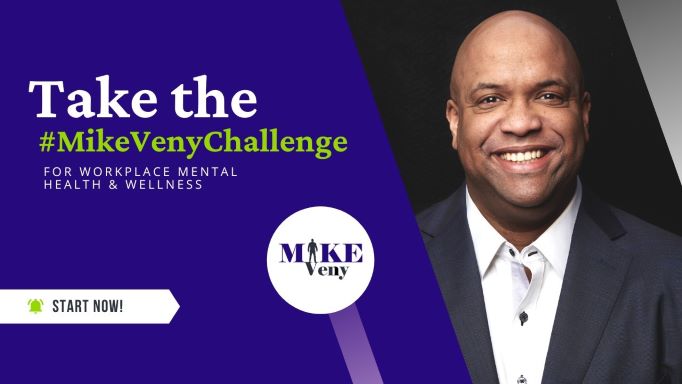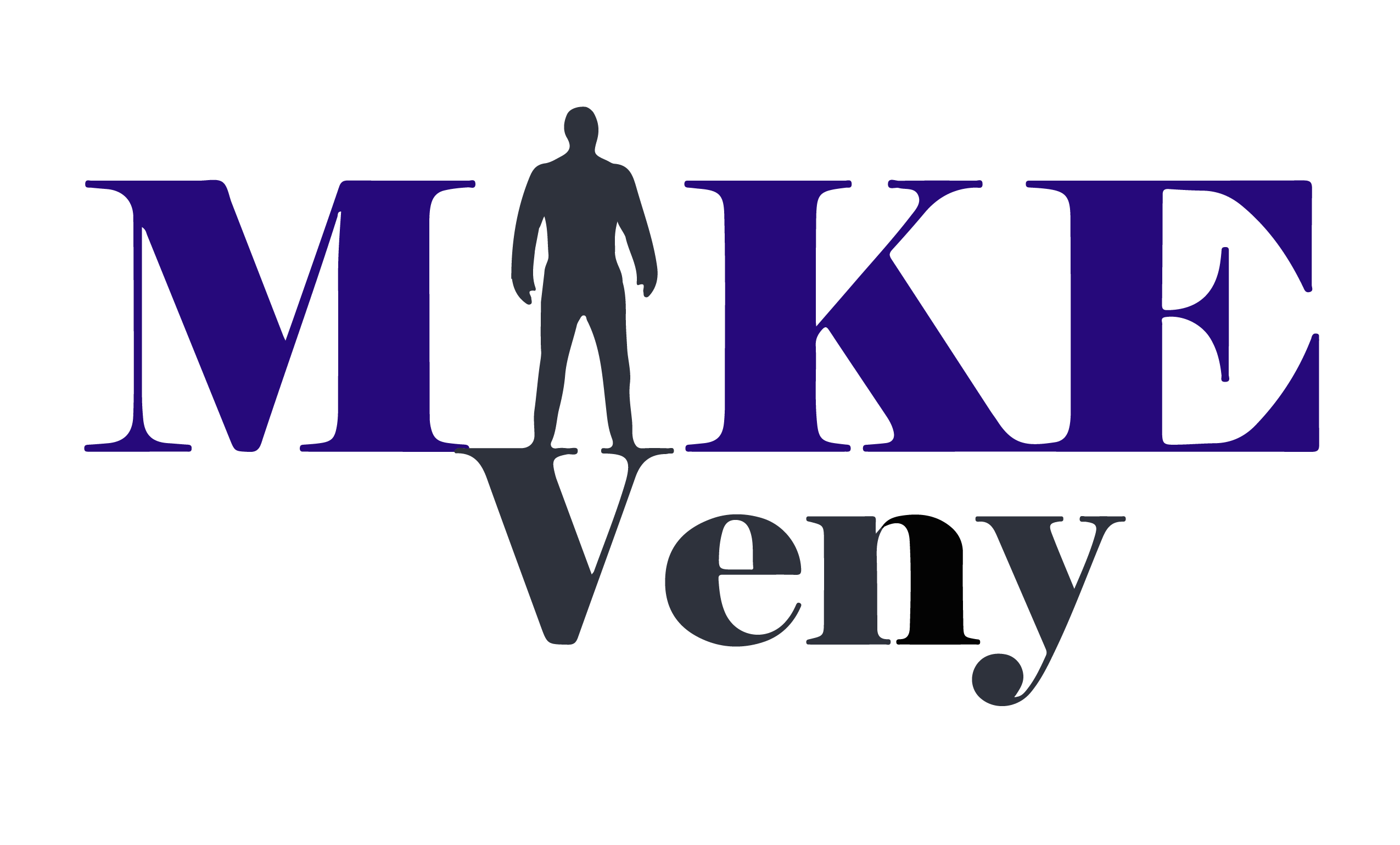
Does your workplace culture encourage and support employee mental wellness? How would your employees answer that question? If we follow the research, you may be surprised. Since May is Mental Health Awareness Month, I am challenging employers to take action to transform their workplace culture to create a safe and enjoyable workplace for all. If you’re short on time and just want a chance to win $100 credit toward workplace mental health training, scroll down. But I encourage you to engage with this content as your first step; it may even help you win the $100!
According to Mental Health America’s Mind, the Workplace 2021 report, 95 percent of employees think their employer should be doing more to create a safe environment for team members struggling with mental health challenges. When you read that, you may be tempted to think something like, “No problem, my employees don’t have mental health challenges, so we’re good.” However, the numbers tell a different story.
Employees Are Struggling
It’s safe to assume you have employees in your organization struggling with things like burnout, stress, anxiety, and depression. In addition, in 2018—before we added the trauma and stress from the pandemic—the Americans with Disabilities Act National Network found that about 18% of workers in the U.S. report having a mental health condition.
According to the Centers for Disease Control and Prevention (CDC), nearly one in five adults have a mental health challenge in any given year, and nearly three out of four (71 percent) report at least one symptom of stress. With the majority of your workforce suffering from stress and mental health challenges, their quality of work and level of satisfaction at work will be impacted. Stress leads to burnout, which directly affects the productivity and energy of an employee, which affects both their work and home life.
Employee burnout, according to a recent Indeed report, is on the rise (Threlkeld 2021). A staggering 52 percent of all workers feel burned out, which is an increase of nearly 10 percent since a similar survey was conducted before the COVID-19 pandemic. In the United States alone, workplace stress and burnout lead to approximately 120,000 deaths and close to $190B in spending each year.
We have reached a point where workplace mental health can no longer be ignored. Burnout, stress, and mental health challenges lead to lower productivity, increased errors, higher turnover rates, and increased healthcare costs, aside from the negative impact on a personal level. Intentionally cultivating a culture of workplace wellness is more essential than ever before.
Building Your Workplace Culture
A top-down approach is necessary when working toward culture change within an organization. Many companies talked a big game in 2020 about what they were going to do to further support employee mental health and DE&I efforts. However, a meQuilibrium report found employer efforts declined as workplaces reopened and the C-Suite pivoted to stay competitive in the changing marketplace.
Getting the C-Suite reengaged in changing workplace culture is an important step that will lead to the long-term change employees seek.
Simply put, companies with mentally healthy cultures are more productive and profitable. Let me say this again, companies with mentally healthy cultures are more PRODUCTIVE and PROFITABLE. In fact, one long-term study found that companies with a thriving culture—one that values appreciation and connection—grew 410 percent in revenue over an 11-year period, compared to 166 percent growth for companies without this culture. This is a difference of more than 500 percent!
Accepting these facts helps you stop looking at mental health as something you don’t want to budget for and begin looking at it as a worthwhile investment in the company. For every dollar your company invests toward mental health initiatives, it can expect a double, triple, or even quadruple return on the investment through savings associated with things like:
- Lost productivity
- Employee performance issues
- Recruitment and rehiring costs
- Higher healthcare costs
But these are not good enough reasons to support employees in the workplace. Companies should not make mental health a priority because it’s profitable. The impact you have on your employees’ lives is of much greater importance than profits. The ripples your company sends out into the world start with the people who work for you. When you treat them as much more than a means to an end, it sets the foundation for your success both as a human and a businessperson.
Assessing Your Workplace Culture
Let’s take a few minutes to assess your current workplace culture to see where improvements can be made. Let me clarify that there is no judgment here. The fact that you’re reading this now shows you value the health and wellness of your employees and company culture. That alone is to be commended.
Creating a healthy company culture is not a one-and-done task. It’s important to continue evaluating your current culture to stay aware of areas that are slipping or need to be improved with the future of work.
Signs Of Mentally Healthy Company Culture
The following are some indicators of a healthy workplace culture. As you read through the list, assess where your company currently stands.
- Human qualities such as “integrity” are included in the company’s core values.
- Employees talk about their mental health and what they need without fear or shame.
- Management is caring and supportive.
- There is trust and open communication between the team.
- Managers have realistic expectations of employees and provide the resources they need to complete their tasks.
- Leave time is provided and encouraged to be used by management.
- Training and coaching are provided and available to all employees.
- Employees spend time socializing together during lunch or social gatherings.
- There are low turnover rates.
Signs Employees Are Struggling
The following are signs you have employees struggling with mental health challenges or that there are areas in your company culture that need attention.
- Employees are making mistakes and errors they don’t usually make.
- Poor communication and lack of patience between team members.
- High turnover rates.
- Out-of-character behavior such as a normally happy and talkative employee becoming withdrawn.
- Employees don’t feel they can trust management, including the human resources department.
- Deadlines are frequently missed.
- There is an increase in employees calling out sick.
This is not an all-inclusive list, but a few key indicators that culture change is needed. If the behaviors are limited to a specific individual, they could be struggling with their mental health.
I believe that if you are honest, you have recognized areas in your company that need attention. We all have them. Many companies are trying to do more with fewer resources since the pandemic, which strains all team members, including management. The thought of addressing mental health and wellness in your company may feel overwhelming if you’re approaching it from a place of burnout yourself. To help, I have compiled a list of workplace mental health training and resources you can take advantage of to make the process easier.
In addition, I’m inviting you to participate in the Mike Veny Challenge, which you can find more details on below.
Workplace Mental Health Resources
Online Courses
- FREE Mini-Course: Workplace Mental Health Training That Gets Results!
- Connectivity & Conversations
- IGNITE Mini-Course
Guides and Workbooks
Workplace Mental Health Videos
- How to Beat Burnout and Exhaustion with a Mental Health Day Off
- Self Care Habits You Can Do During Your Lunchbreak INSTANTLY
- How to Prevent Burnout at Work While Working Remotely – EASY
- Setting Boundaries at Work with Coworkers – PROTECTION
Additional Free Mental Health Resources
- Where to Find Mental Health Help IMMEDIATELY / A.S.A.P.
- Mental Health Services Guide (Plus Free Services
Take the #MikeVenyChallenge
Are you ready to take purposeful action that leads to culture change? Do you want to take steps to prioritize the mental health and wellness of your employees, not to mention yourself?
Let’s work together to improve workplace mental health this month!
Remember at the start of the pandemic when we were all “better together”? That might feel like a long time ago, but I still believe that when groups of determined and caring individuals come together, it can create lasting change. So, I’m challenging you to take intentional steps for your workplace culture this month.
I’ve created a checklist of tasks you can complete to initiate culture change. Let’s see how much momentum we can build before the end of Mental Health Awareness Month.
Here is how you participate in the #MikeVenyChallenge:
- Download the checklist
- Choose five items to complete by May 31, 2022
- Share on social media what you’re working on throughout the month for the challenge on social media and include #MikeVenyChallenge
- Respond to the email you’ll receive on May 31st to let me know which 5 (or more) you completed
I’ll be highlighting individuals and companies working toward the challenge throughout the month.
Time is ticking, so download the checklist today to get started!



